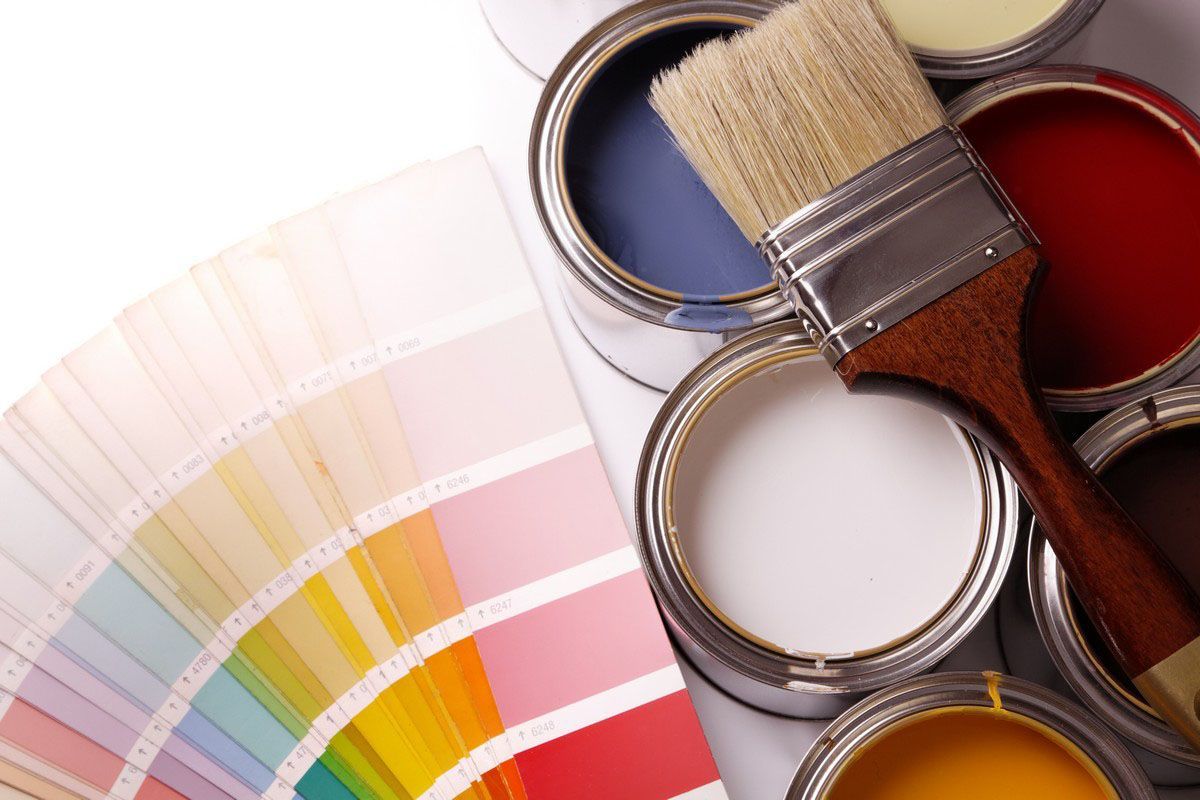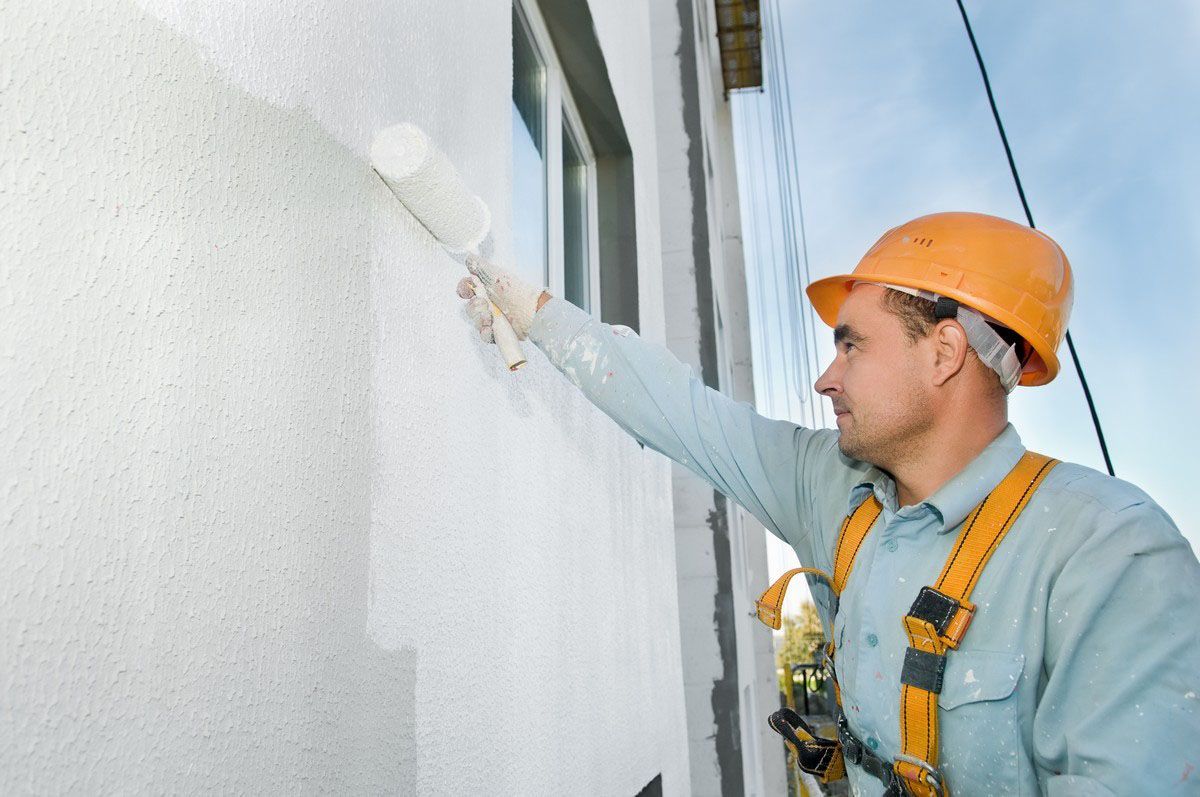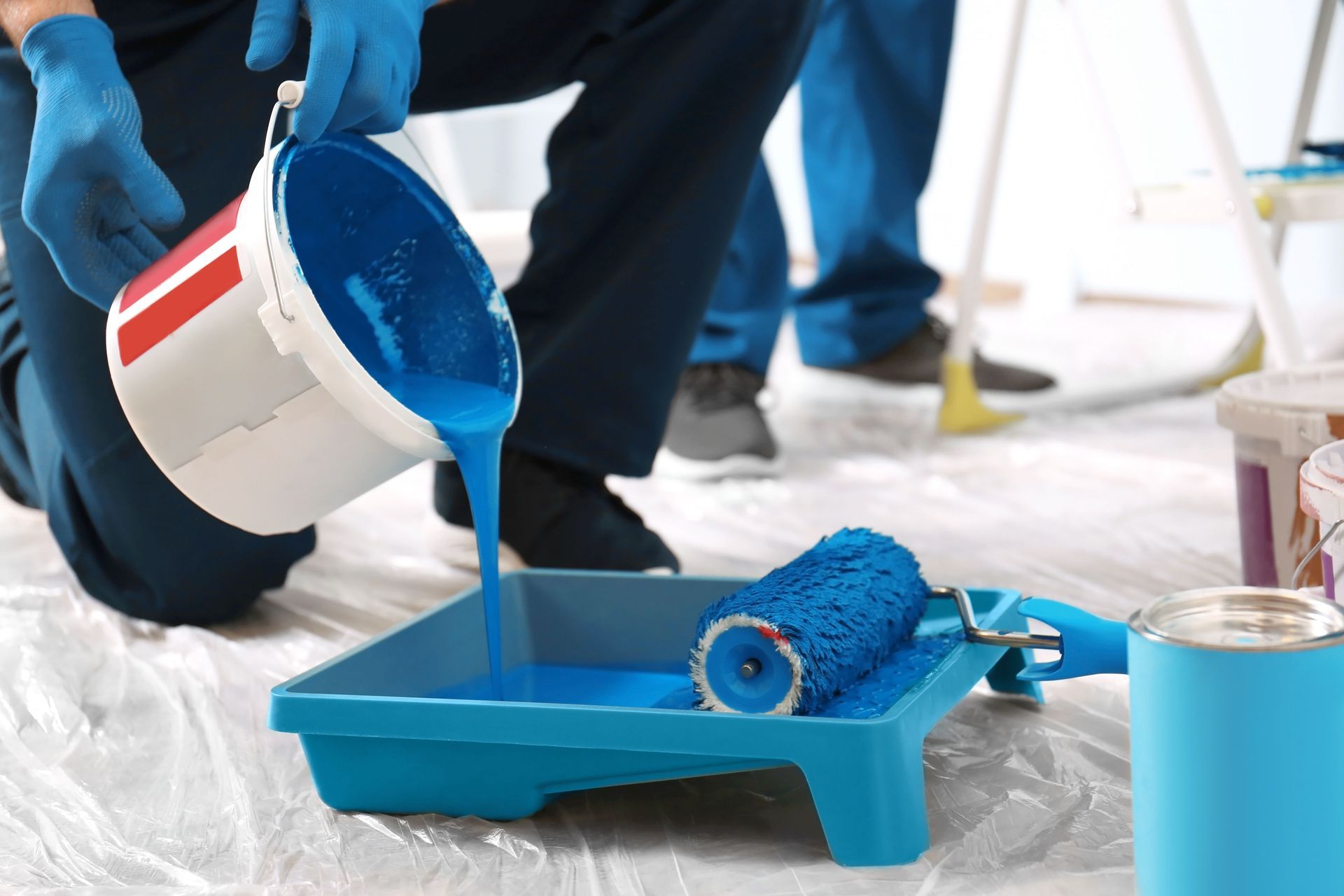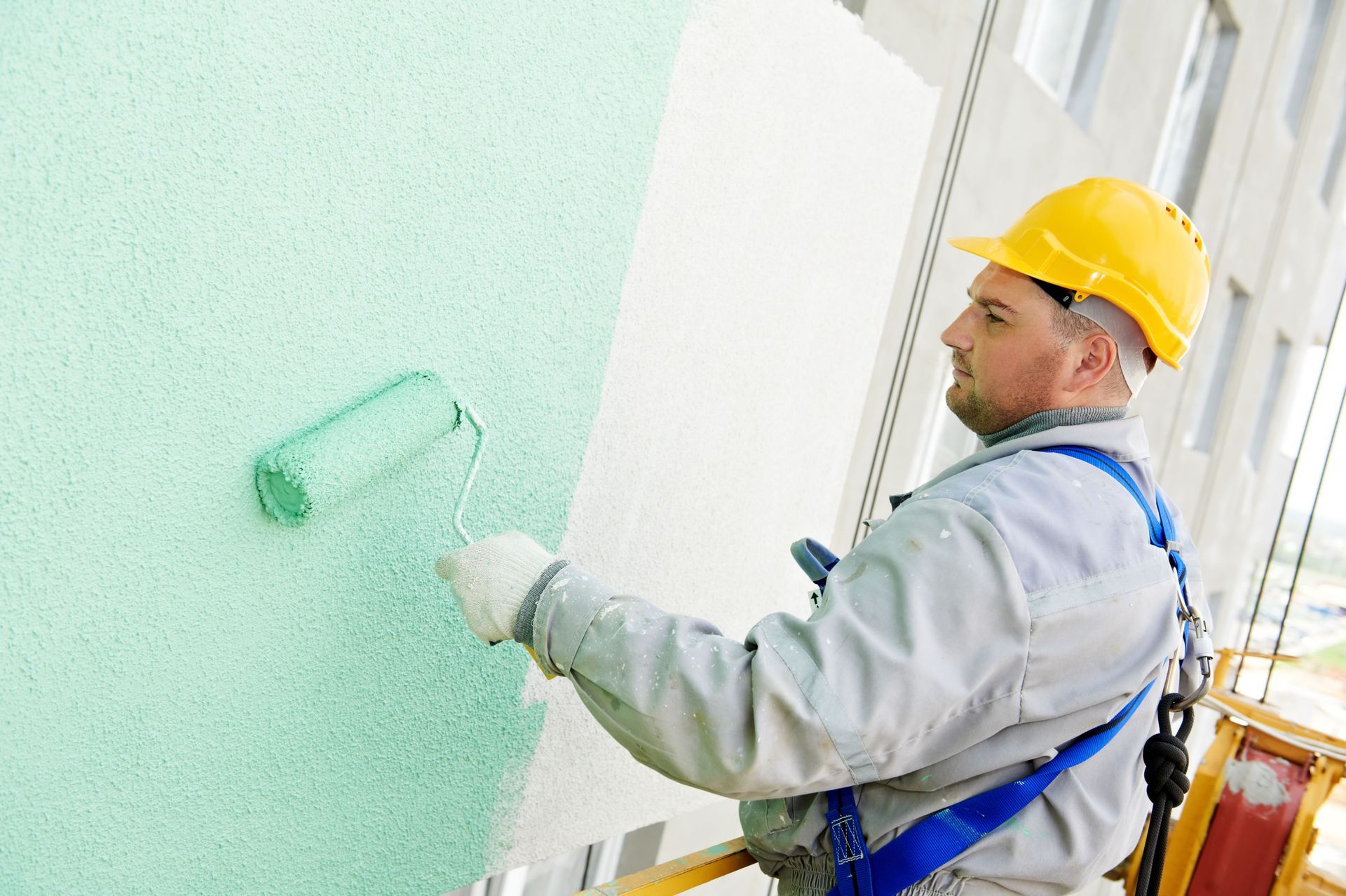5 Things Interior Painters Want You to Know Before You Pick a Color
Choosing the perfect color for your interior walls might seem straightforward, but there are myriad factors to consider that go beyond aesthetic appeal. Picking the right shade can transform a room, setting the mood and complementing your furniture and decor. Interior painters, who have seen it all, often have valuable insights that can guide you towards making a decision you'll be happy with. Before you make that crucial choice, here are some crucial things your interior painter wants you to know.
1. Lighting Impacts Color
One of the first things to be aware of is how lighting can dramatically alter how a paint color looks. Natural daylight shows the truest color, while different types of artificial lighting can introduce warm or cool tones. Painters often stress the importance of testing out a color sample on your wall and observing it at different times of the day to see how it changes under various lighting conditions. This step is crucial to avoid unpleasant surprises after the paint dries.
It's also worth noting that the direction your windows face can impact how colors appear throughout the day. North-facing rooms often receive cooler, softer light, which can make warm tones look muted, while south-facing rooms are flooded with brighter, warmer light, enhancing yellows and reds. East-facing rooms catch the morning sun, bringing out softer, fresher shades, and west-facing rooms experience richer, warmer tones in the afternoon. Taking these factors into account can help you choose a color that looks inviting and balanced at all times.
2. Consider the Room's Function
The purpose of a room often influences the ideal color for its walls. Did you know that certain colors can psychologically affect our mood and productivity? For example, calming colors like blues and greens are often recommended for bedrooms to promote relaxation, while more vibrant hues such as yellows or reds can stimulate conversation and energy in social spaces like dining rooms. Describing how you intend to use the room to your interior painter can help them advise on suitable color options.
Another aspect to think about is how the room will be used throughout the day. For example, a home office might benefit from soft, neutral shades that reduce eye strain and encourage focus, whereas a playroom could handle brighter, more energetic colors that inspire creativity and fun. Even subtle variations, like choosing a warmer tone for evening relaxation spaces or a lighter shade for areas that need to feel open and airy, can make a noticeable difference in how the room functions and feels. Sharing your daily routines and room activities with your interior painter can help them suggest colors that support both the practical use and atmosphere you want to create.
3. The Impact of Paint Finishes
While many homeowners focus solely on color, the finish of your interior paint is equally crucial. Different finishes can enhance or subdue the hue and affect the room's appearance by reflecting light differently. Finishes range from matte, which offers a subtle and non-reflective appearance, to high gloss, which creates a shiny and durable layer perfect for high-traffic areas. Understanding how these finishes work harmoniously with colors can significantly affect your room's overall look.
4. The Cost of Perfection
Budgeting is another crucial aspect mentioned by interior painters. According to This Old House, interior painting generally ranges from $1 to $4 per square foot of floor space. This can add up quickly, especially if multiple rooms or a full home requires a fresh coat. However, investing in quality paints and professional painters can save money in the long run by ensuring a longer-lasting finish. Make sure to discuss your budget with your interior painter to align on the scope and expectations of the project.
5. Test Before You Commit
No matter how sure you are about a color, experts always recommend testing it first in small sections. Many paint manufacturers offer samples, which can be applied to your walls to see how colors interact with your lights, existing furniture, and the size of your space. Testing also allows you to reconsider choices before committing to several gallons of paint, ensuring you won’t be stuck with a color that you end up disliking once it completely covers the walls.
Choosing a paint color for your home is an exciting but significant decision that combines both creativity and practicality. By considering elements such as lighting, room function, paint finish, costs, and thoroughly testing options, you can make an informed choice that enhances your space beautifully. An Interior painter at Orbit Kalamazoo Painting, with their wealth of experience and eye for detail, can provide invaluable advice through this process. Get started today by reaching out to us for a free on-site estimate!








Share On: